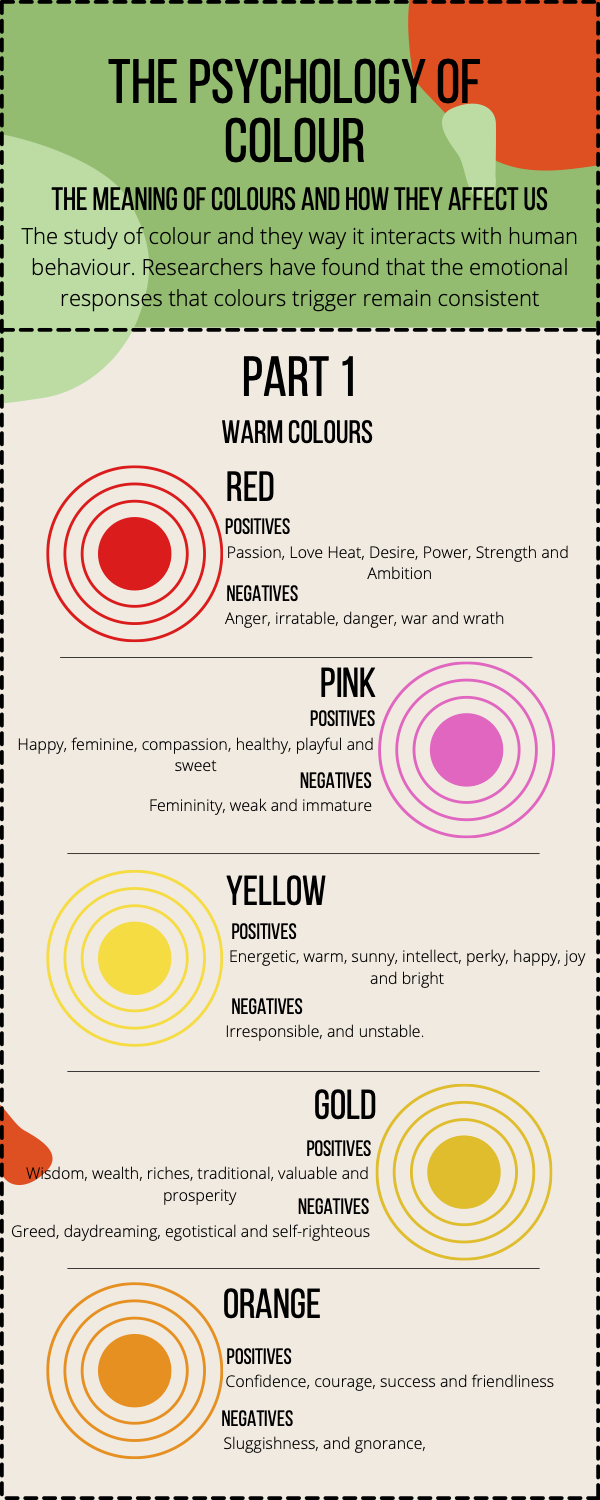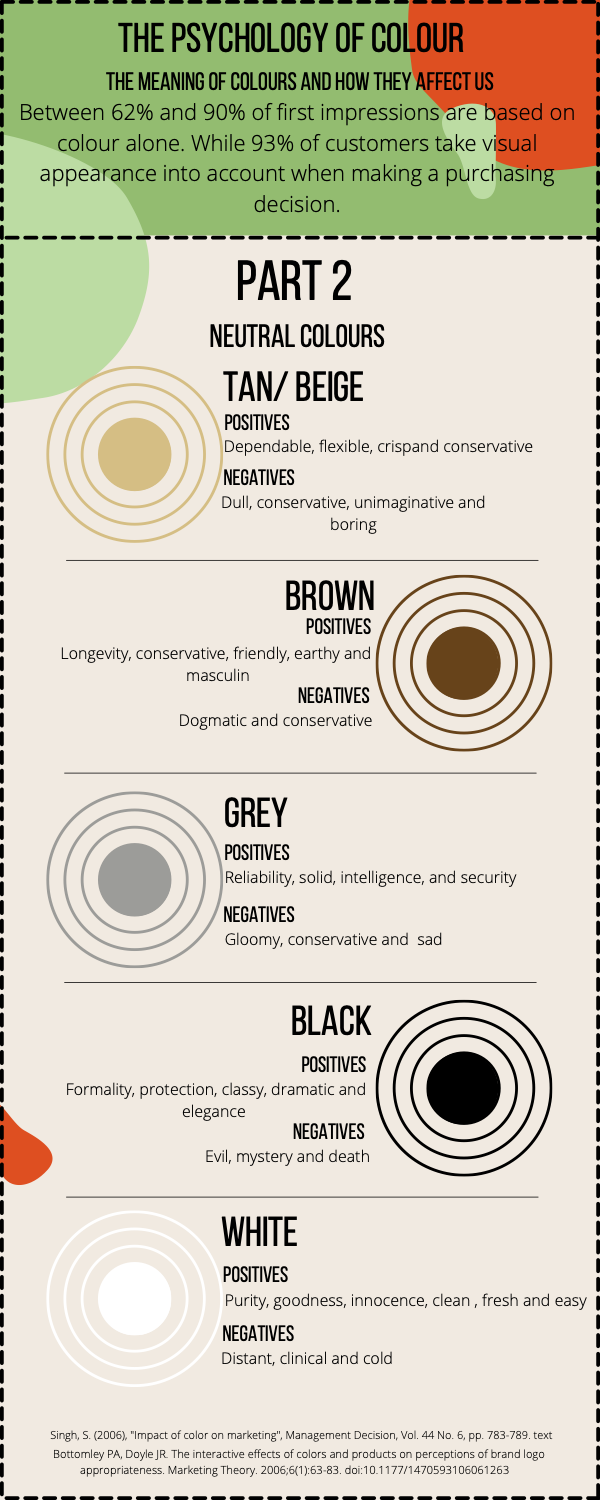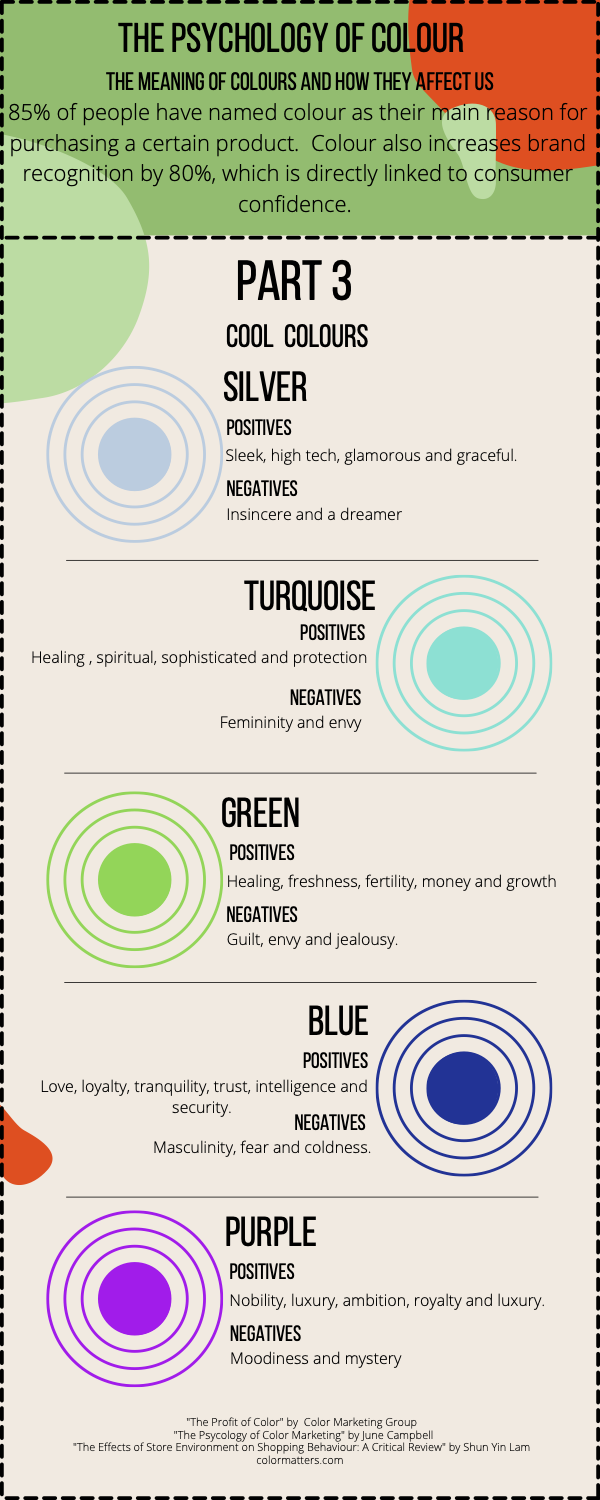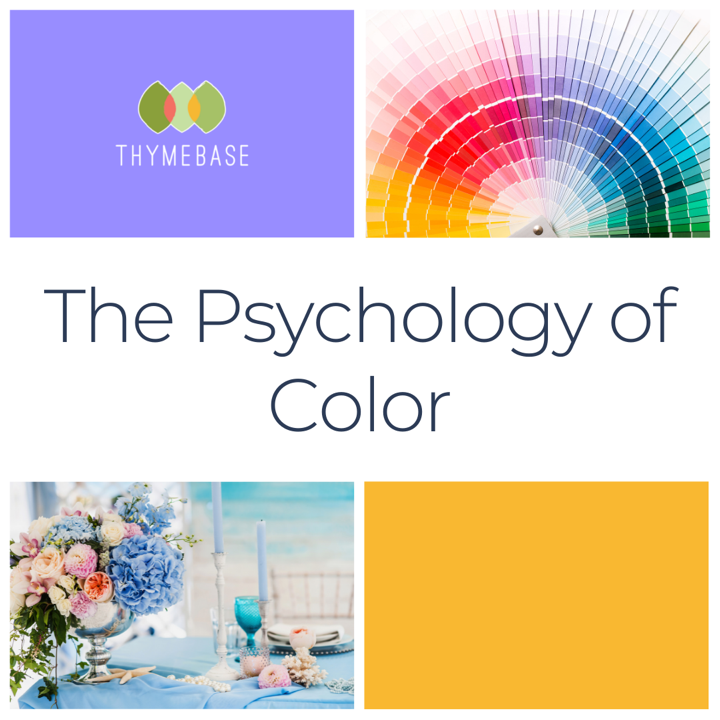The psychology of color plays a significant role in event design, client requests, and attendee experience. So we made a visual reference for you.
As an event professional, understanding the client’s vision is one of the first steps in executing a memorable event.
Event Planner Jenna Philips explains, “I’m expecting a client to show up to our first event planning meeting with a general idea of how they want their event to go. How do they want it to look and feel? How do they want their guests to feel when they arrive?”
Often, clients will say they want their event, menu, or even their photographs to feel warm, tranquil, or sophisticated. Understanding the psychology of color will help you interpret their words and present clients with mood boards, event designs, and proposals that resonate.
See, even when it comes to event professional software, psychology matters.
What Is The Psychology of Color?
The psychology of color is simply the meaning of colors and how they affect us, our clients, and their event attendees.
Researchers have found that the emotional responses that colors trigger remain consistent. Between 62% and 90% of first impressions are based on color alone. While 93% of customers take visual appearance into account when making a purchasing decision.
85% of people have named color as their main reason for purchasing a particular product. Color also increases brand recognition by 80%, which is directly linked to consumer confidence.



Warm Colors
Red
Positive emotions:
- Passion
- Love
- Heat
- Desire
- Power
- Strength
- Ambition
Negative emotions:
- Anger
- Irritable
- Danger
- War
- Wrath
Pink
Positive emotions:
- Happy
- Feminine
- Compassion
- Healthy
- Playful
- Sweet
- Femininity
Negative emotions:
- Weak
- Immature
Yellow
Positive emotions:
- Energetic
- Warm
- Sunny
- Intellect
- Perky
- Happy
- Joy
- Bright
Negative emotions:
- Irresponsible
- Unstable.
Gold
Positive emotions:
- Wisdom
- Wealth
- Riches
- Traditional
- Valuable
- Prosperity
Negative emotions:
- Greed
- Daydreaming
- Egotistical
- Self-righteous
Orange
Positive emotions:
- Confidence
- Courage
- Success
- Friendliness
Negative emotions:
- Sluggishness
- Ignorance
Neutral colors
Tan/ Beige
Positive emotions:
- Dependable
- Flexible
- Crisp
- Conservative
Negative emotions:
- Dull
- Conservative
- Unimaginative
- Boring
Brown
Positive emotions:
- Longevity
- Conservative
- Friendly
- Earthy
- Masculine
Negative emotions:
- Dogmatic
- Conservative
Gray
Positive emotions:
- Reliability
- Solid
- Intelligence
- Security
Negative emotions:
- Gloomy
- Conservative
- Sad
Black
Positive emotions:
- Formality
- Protection
- Classy
- Dramatic
- Elegance
Negative emotions:
- Evil
- Mystery
- Death
White
Positive emotions:
- Purity
- Goodness
- Innocence
- Clean
- Fresh
- Easy
Negative emotions:
- Distant
- Clinical
- Cold
Cool Colors
Silver
Positive emotions:
- Sleek
- High-tech
- Glamorous
- Graceful
- Dreamer
Negative emotions:
- Insincere
- A dreamer
Turquoise
Positive emotions:
- Healing
- Spiritual
- Sophisticated
- Protection
Negative emotions:
- Envy
Green
Positive emotions:
- Healing
- Freshness
- Fertility
- Money
- Growth
Negative emotions:
- Guilt
- Envy
- Jealousy
Blue
Positive emotions:
- Love
- Loyalty
- Tranquility
- Trust
- Intelligence
- Security
Negative emotions:
- Masculinity
- Fear
- Coldness
Purple
Positive emotions:
- Nobility
- Luxury
- Ambition
- Royalty
- Luxury
Negative emotions:
- Moodiness
- Mystery

